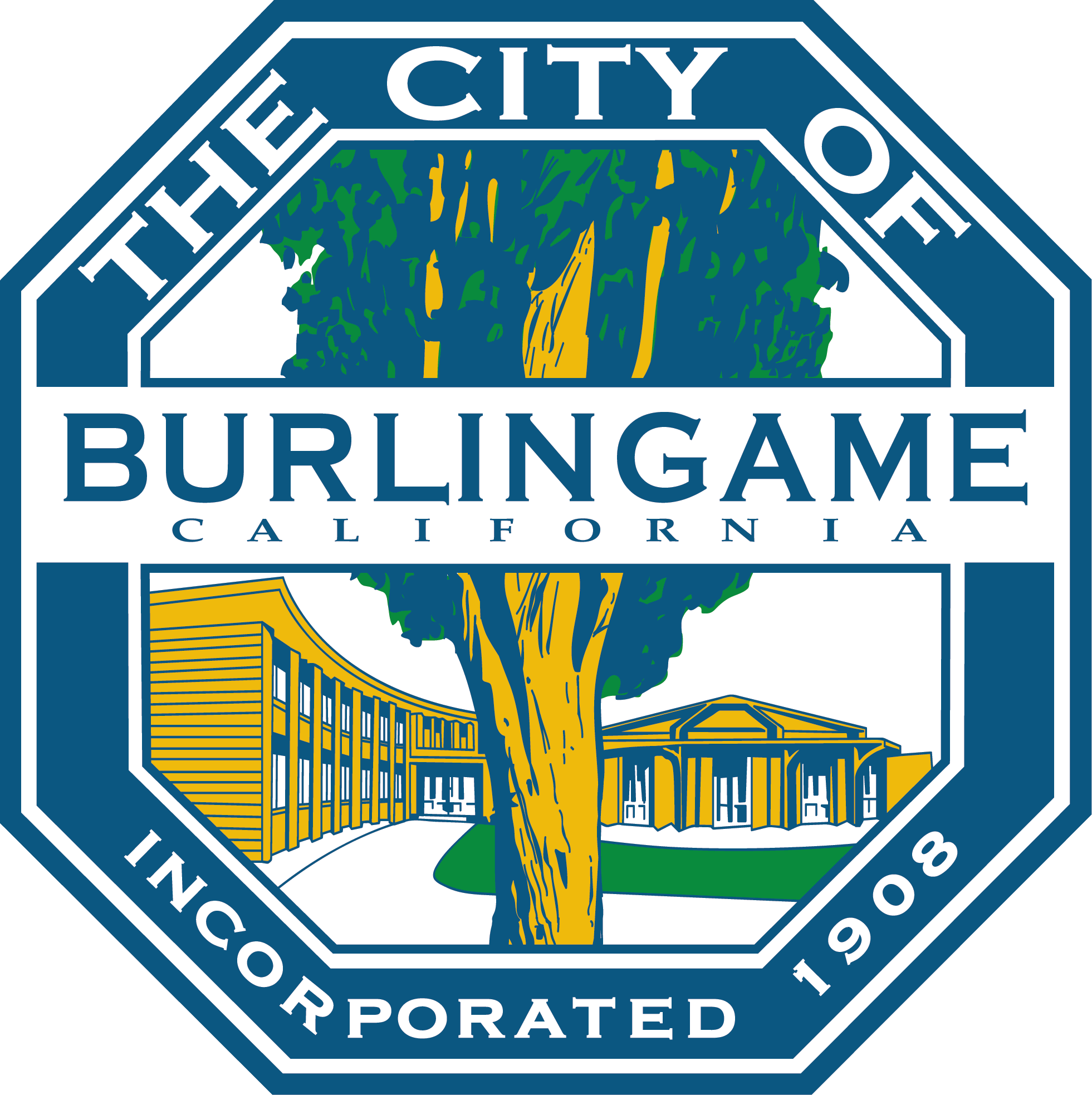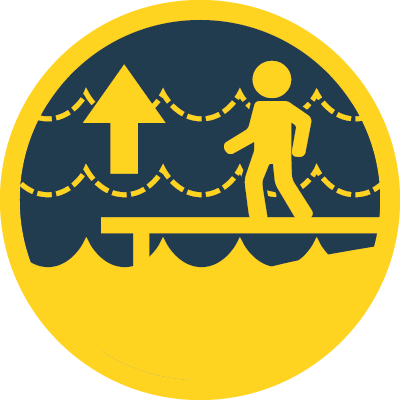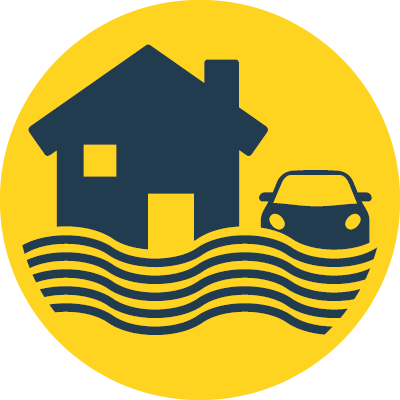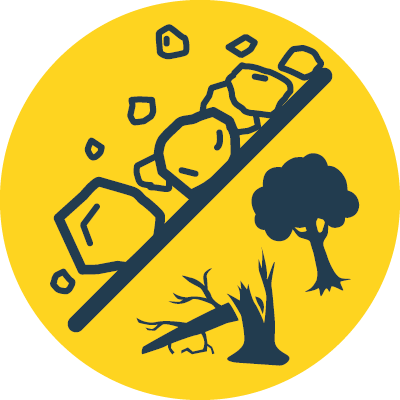
Burlingame
Situated on San Francisco Bay and framed by the Santa Cruz Mountains, Burlingame is a largely built-out community with well-established residential neighborhoods. The town of Burlingame was incorporated June 6, 1908. Most of Burlingame’s housing began developing in the 1910s, as residents relocated to Burlingame after the 1906 San Francisco earthquake which burgeoned the construction of residences and businesses.
Burlingame’s Bayfront area is characterized by the open waters of the bay, recreation and open space resources, and office buildings, hotels, and restaurants. These commercial areas provide an important economic base for the city. Along the Bayfront, marine, estuarine, and coastal wetland habitats are home to many common fish, bird, and reptile species, as well as special status species (meaning those that may be protected by State or federal law) such as the Ridgeway’s rail and longfin smelt.
The City of Burlingame is already experiencing the effects of climate change, including extreme heat and wind events during the summer and fall and flooding in the winter months. Other concerns are extended periods of drought and sea level rise.
Local Safety and Resilience Highlights

Sea Level Rise
Sea level rise resulting from global climate change has the potential to alter the frequency and magnitude of flooding in low-lying areas of Burlingame. Sea level rise increases vulnerability to shoreline inundation during both normal high tides and major storm events. Rising sea levels may inundate the land along the Bayfront and flood nearby industrial, commercial, and residential areas.
Unlike some other Peninsula and Bay Area communities, the Burlingame shoreline is not protected by natural defenses such as beaches or wetlands. Sea level rise projections by the San Francisco Bay Conservation and Development Commission indicate most of the Bayfront Area and parts of Rollins Road could be permanently inundated by 2070.

Flooding
The majority of Burlingame’s land area falls within FEMA and Department of Water Resources mapped flood hazard zones. Areas along the shoreline are especially vulnerable, but other hazard areas include significant sections of Burlingame’s commercial and residential development, including development along Highway 101, California Drive, and El Camino Real.

Seismic and Geologic Hazards
The San Andreas Fault runs along the western boundary of the city. This fault is the predominant fault system in California and has generated some of the largest and most destructive earthquakes in the state’s history. Ground shaking could bring widespread and serious damage to Burlingame. Large sections of eastern Burlingame are highly susceptible to liquefaction, which may be induced by earthquakes.
Burlingame contains scattered landslide hazard zones, with the highest concentration in hillside areas in the far western corner of the city.